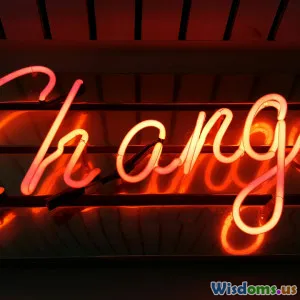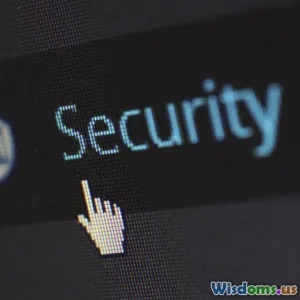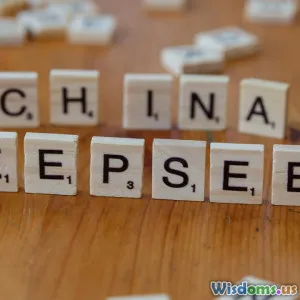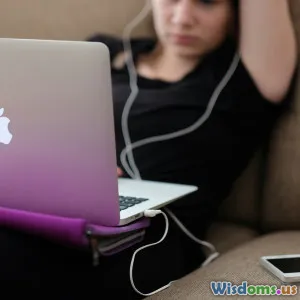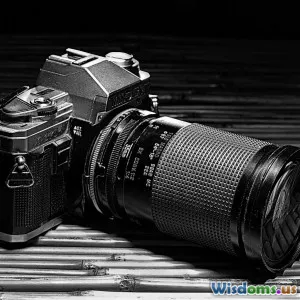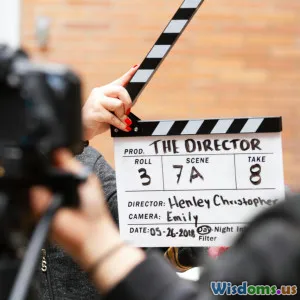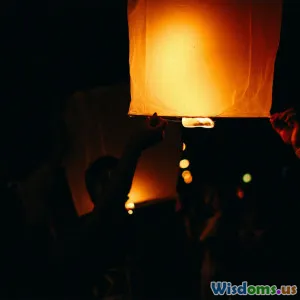
The Role of AI in Creative Fields
5 min read Explore how AI is transforming photography and filmmaking, enhancing creativity and streamlining workflows. (0 Reviews)
The Role of AI in Creative Fields
Artificial Intelligence (AI) is no longer just a futuristic concept; it has become a vital part of our daily lives, influencing various sectors, including creative fields such as photography and filmmaking. This article delves into the multifaceted role of AI in these domains, examining how it enhances creativity, streamlines workflows, and offers new opportunities for artists.
Enhancing Creativity
AI tools are designed to assist artists in exploring new creative avenues. For instance, AI-powered software can analyze vast amounts of visual data, allowing photographers and filmmakers to gain insights into trends, styles, and compositions that resonate with audiences. This capability empowers creatives to evolve their work and experiment with different techniques.
Examples of AI in Creative Work
- Image Enhancement: Tools like Adobe Photoshop utilize AI algorithms to enhance images, automatically adjusting exposure, brightness, and contrast to create stunning visuals.
- Style Transfer: Applications such as DeepArt use AI to apply artistic styles to photographs, transforming them into works reminiscent of famous artists.
Streamlining Workflows
One of the most practical applications of AI in photography and filmmaking is its ability to automate repetitive tasks. This allows creators to focus more on their artistic vision rather than mundane processes.
Workflow Automation
- Editing and Post-Production: AI can assist in video editing by automatically identifying and organizing footage, suggesting edits, and even generating rough cuts. Tools like Magisto leverage AI to create engaging video content swiftly.
- Smart Tagging and Organization: AI can analyze and tag images based on their content, making it easier for photographers to organize and retrieve files. This is particularly beneficial for professionals who manage extensive portfolios.
Personalization and Audience Engagement
AI's ability to analyze data is also valuable in enhancing audience engagement. By understanding viewer preferences, filmmakers and photographers can tailor their content to meet audience expectations more effectively.
Personalized Experiences
- Content Recommendation: AI algorithms, such as those used by Netflix, analyze viewer habits to recommend films and shows based on individual preferences, creating a more personalized viewing experience.
- Interactive Storytelling: With advancements in AI, filmmakers can create interactive narratives that respond to viewer choices, offering a unique and engaging experience.
Challenges and Ethical Considerations
Despite its many benefits, the integration of AI in creative fields is not without challenges. Issues related to copyright, authorship, and the potential for homogenization in art must be addressed. As AI tools become more accessible, the line between human creativity and machine-generated content blurs, raising questions about authenticity and originality.
Navigating Ethical Issues
- Copyright Concerns: As AI generates art, questions arise about who owns the rights to that work. Defining the legal landscape for AI-generated content remains a complex issue.
- Maintaining Artistic Integrity: Artists must find a balance between leveraging AI's capabilities and preserving their unique voice and style to avoid producing formulaic work.
Conclusion
AI is undeniably reshaping the landscape of photography and filmmaking, offering tools that enhance creativity, streamline workflows, and personalize audience experiences. As artists navigate the opportunities and challenges presented by AI, it is crucial to maintain a focus on authenticity and creativity. Embracing AI as a collaborative partner rather than a replacement allows creatives to push boundaries and explore new horizons in their work, ultimately enriching the creative landscape as a whole.
Rate the Post
User Reviews
Popular Posts












